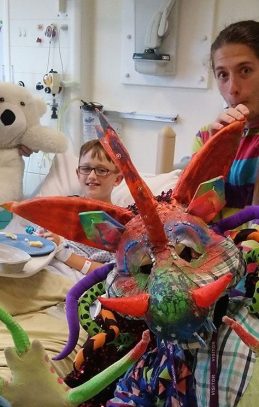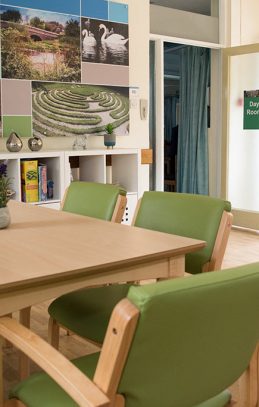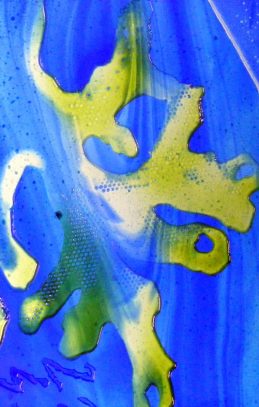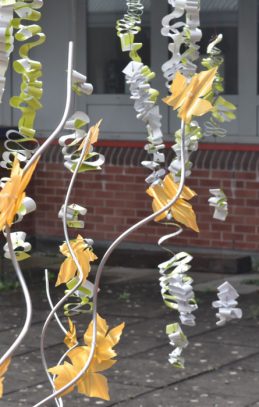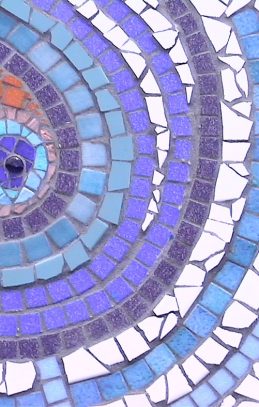“Creative practice and design thinking can build teams, reconnect people and strengthen communication. The Arts can be advocates and educators – helping people get their voices heard or learn to use their voice successfully so that they can take greater control of their own health and wellbeing.”
What is creative health?
Creative Health is using creative practice alongside clinical care to explore, explain, examine, innovate, and improve health and healthcare settings. It can take the form of visual arts, design, music, performance, creative writing, film and photography, graphics and digital media. Creative Health engages the public, patients and staff in new and inspiring ways including celebrating culture, history and shared experiences. It benefits the wellbeing of individuals, groups and communities alike.
Why does creative health matter?
Patients are people first. They have individual identities and individual needs. Creative approaches are fundamentally about finding ways to communicate with people. Creative practice is varied, inspiring and includes using all five senses not just verbal communication. It is this variety and sensory content that breaks down barriers of language and exclusion. Innovation and inspiration are everyday factors in creative practice – tailor made responses to needs and solving issues with new ideas are standard practice. Bringing creativity into health is to harness the skills of professionals who generate new ideas as a living. It is including a whole new level of expertise in working with the public. Creative Health is a particularly good fit for ‘wicked’ problems – issues that have more than one factor to be solved such as obesity in children, self confidence and self harm in teenagers, depression and anxiety in older people or violence and aggression in hospital. Creative projects can help explain and explore complex ideas simply – like genetic diseases, healthy eating, mental health issues. Projects that connect communities to their healthcare can assist with prevention and healthier lifestyle. Projects that bring staff together can foster leadership skills, help prevent burn out and bring joy to the workplace.
How is creative health done?
The ideal way to use Creative Health is to either have a team of experts integrated into the setting, or to work in partnership with a Creative Health organisation or practitioner. Funding can come from revenue, capitol, charity or sponsorship or from a combination of all of these (percent for Arts is sometimes used for large schemes such as new builds). A project could be for half a day or for five years and anything else in between. Fledgling Creative Health services often start small, build and grow with each successful project. Common features are working in partnership, setting a vision and a Creative Health policy that reflects the needs and aims of the partners involved. Persistence and experimenting are essential – starting small and taking learning forward to the next set of work. Being connected to other Creative Health projects enriches good practice and provides inspiration and support. A project framework that can be flexible dependent on scale is important for development of a project. Smaller projects and one-off events can feed into larger projects with the ideal outcome being impact through changing behaviour and practice. The best practice includes continuous gathering of feedback, evaluation and learning. These not only help audit the outcomes but explain the journey of the project, account for the funding and reflect the impact on the people taking part.
Who is creative health for?
It could be for staff as part of their wellbeing, helping people feel connected to each other, or learn new skills, create a sense of pride and belonging. It could be for the public – the people using the health services. Creative health projects can connect communities as a whole, connect disparate groups or reach individuals that are less likely to engage with services. People who use GP and ED services might be in need of social prescribing rather than prescriptions. The arts can fulfill this need as well as heritage, culture and sport. Specific clinical pathways such as chronic pain, asthma, dementia and diabetes can be enhanced through customised activities. Creative and design thinking can build teams, reconnect people and strengthen communication. The arts can be advocates and educators – helping people get their voices heard or learn to use their voice successfully so that they can take greater control of their own health and wellbeing. Through co-design with the people who use spaces, healthcare settings are easier to clean, maintain and need less repairs because they have been planned with the experts – staff and the public who have lived experience. The same co-design principle works for service delivery. It removes the need to guess or assume what people need from their healthcare and instead captures new and informative stories that can guide new services and better practice. Overall, the arts are open to anybody. They can be adapted to meet the wide and varied needs of stakeholders. The arts are also for the passers by, the busy teams, the stressed humans – the spaces they use and the experiences they encounter are richer, inspiring and surprising as a result of the added ingredient that is The Arts.
Creative Health good practice examples
View specific responses to challenges presented to ArtCare by hospital staff in our quick links to Creative Health good practice page.
Find out more
You might have a Creative Health team and you didn’t even know it! Over 40 hospitals have a team or access to a team, so the first place to check is your own organisation. There are also Creative Health consultancies to contract in plus NHS Improvements has a national network of Arts and Heritage Managers you can email questions to via the NPAG networks (see NHSi).
The ArtCare team cover areas in Wiltshire, Hampshire and Dorset. In London, contact the London Arts in Health Forum, in the Southwest contact Arts and Health Southwest. Nationally, check out the National Centre for Creative Health and Culture, Health and Wellbeing Alliance.
You can download the ‘What is arts in health?’ information above in a poster format here (pdf file)

